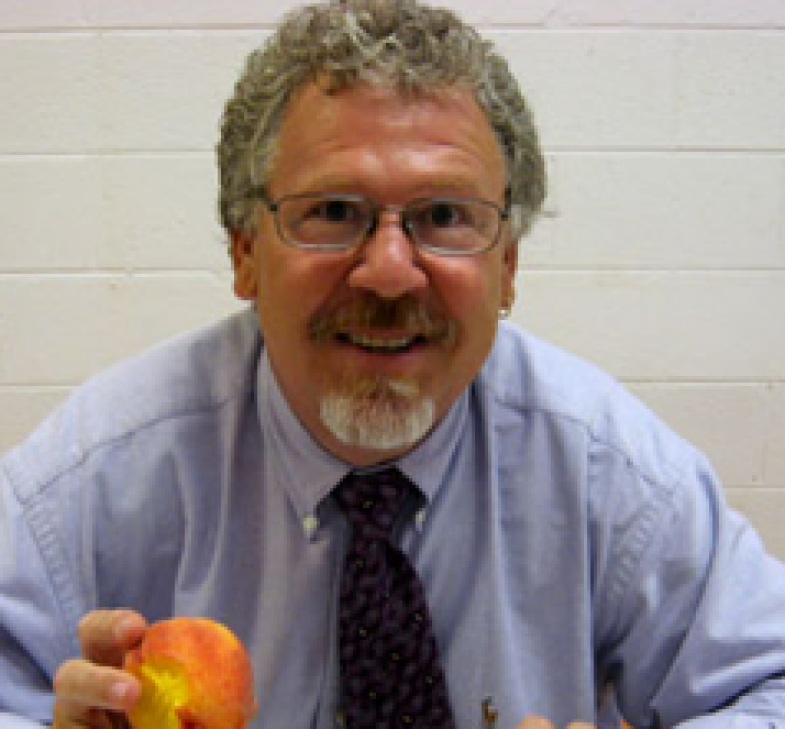COMMONS MAGAZINE

The ubiquity of processed foods and fast-food brands often makes it hard to imagine more wholesome alternatives. This is especially true because brand-name foods have far more advertising and therefore social visibility. They also tend to be cheaper than locally grown and self-prepared meals. Or at least they foster the illusion of being cheaper and more convenient.
A hearty bravo, therefore, to Tony Geraci, the food-service director for the Baltimore public schools. As recounted in a recent issue of The Atlantic, Geraci has courageously overhauled the city’s public school food-preparation and vending system so that kids can get healthy, nutritious food.
It sounds like common sense: Why should the public schools voluntarily surrender their moral authority to a clutch of corporations selling fast-food and candy? Why should any school system ignore its local farmers, de-skill its kitchen staff and foster childhood obesity?
The short answer is money. For school systems with tight budgets ??” and what system isn’t? ??” it’s easier to outsource everything connected with food. Bring in vending machines. Turn the kitchens into stripped-down “heat-and-serve” bays. Fire the cooks and food-preparation staff. And to keep the system in place, give school principals and sports coaches a slice of the profits from junk food as a “budget enhancement.”
But the real-world impact on kids is serious and long-lasting. Geraci has pointed out that about 74 percent of Baltimore’s 83,000 students qualify for free or reduced-price meals. “We’ve lost an entire generation of children to obesity and poor nutrition, and we’re about to lose another one if we don’t reach our hands into the fire and pull them back out and start doing the right thing.”
Geraci’s epic achievement was to buck this system by instituting from-scratch meals made from locally grown foods. The meals meet the nutritional guidelines of a new system-wide “wellness policy.” Kids who qualify for food assistance get healthy, tasty meals ??” not the warmed over burger and fries supplemented by soda and chips. The vending machines are gone. Peaches and apples are now bought from local farmers, not from commodity sellers.
The key to changing the system was leadership, imagination and risk-taking. As Corby Kummer writes:
“Shortly after he arrived, Geraci found a long-disused city-owned orphanage on 33 acres, hired a farm manager, and turned it into an organic farm run by schoolchildren. The project keeps growing, and Geraci keeps finding money to run it ??” and to build central kitchens for the school system’s 80,000 students. ‘You have to hustle,’ he says.”
Geraci has been getting a lot of attention in the past year or so. He has been profiled in Gourmet magazine and Urbanite Baltimore, and he has appeared on the Diane Rehm radio show in the Washington area with Michelle Obama.
Reclaiming one’s food and health from the junk-food juggernaut is not easy. But it is not impossible, as Geraci has shown. And it yields gratifying benefits of its own: healthier kids who are more able to learn, a more robust local farming economy, and greater autonomy and control of the food experience for tens of thousands of kids. Good lessons to teach.